Metal Slug Tactics is the latest addition to the legendary Metal Slug series, and rather than joining its predecessors as a sidescrolling shooter, this franchise entry is a turn-based tactical roguelike with a refreshing approach to the traditionally slow-paced genre. The team at Leikir Studio sought to channel Metal Slug‘s fast-paced sidescrolling by centering the game around its movement system, and the result is a tactics game with unique qualities and a game that feels distinctly Metal Slug.
Metal Slug Tactics‘ gameplay is all about movement: characters’ offensive and defensive capabilities are directly tied to how many tiles they move each turn. It’s a subtle twist with huge tactical implications since characters that don’t stay on the move are at a huge disadvantage, leading to a unique run and gun approach to turn-based tactics that call for totally different strategies.
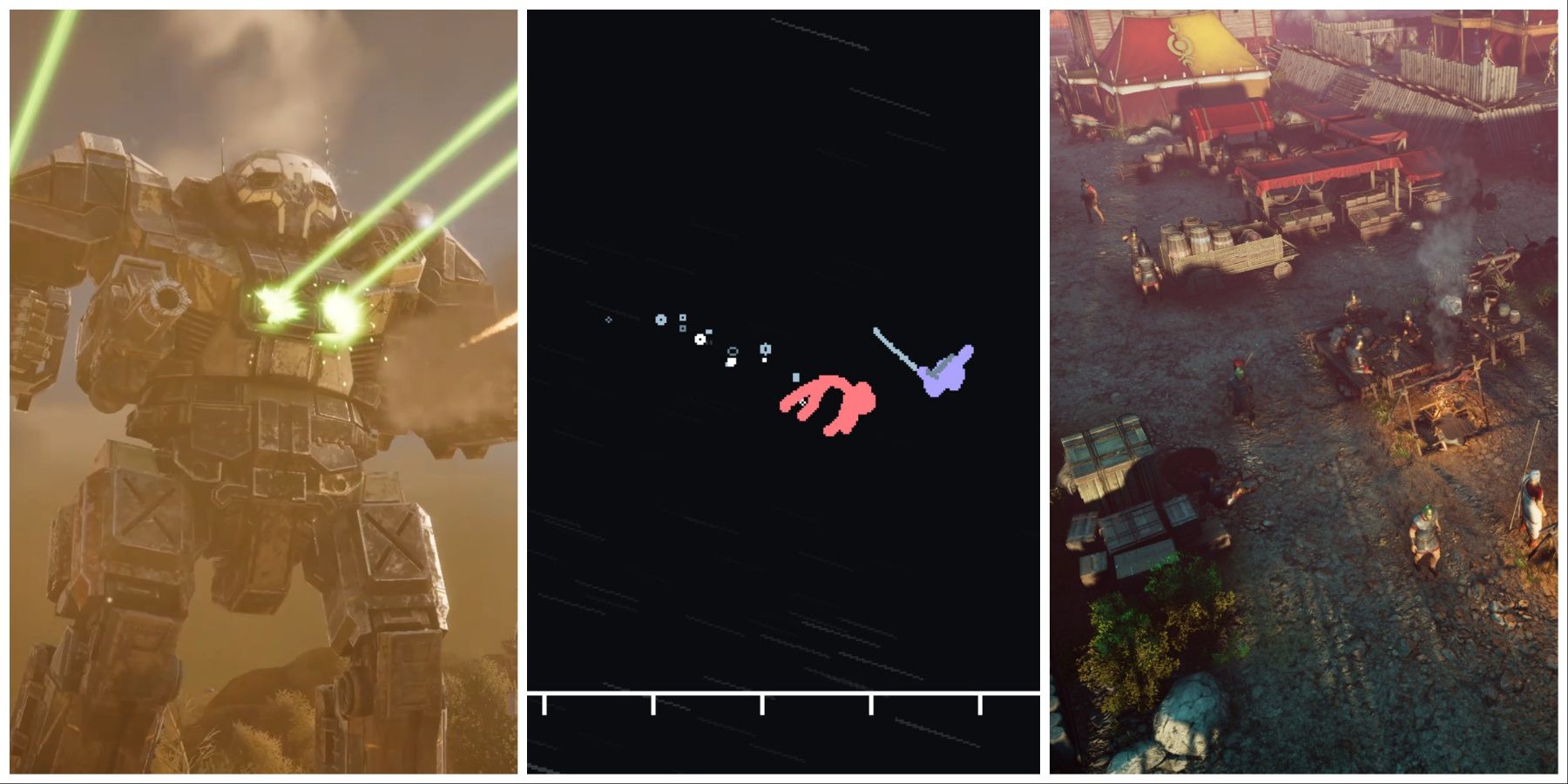
Related
7 Great Turn-Based Tactics Games That Are Only On PC
PC players can find a plethora of the best turn-based tactics games that console players can’t enjoy.
In an interview with Game Rant, Leikir Studio CEO Aurelién Loos went in-depth about the team’s approach to Metal Slug Tactics as both a tactics game and as part of the series’ legacy. Loos also spoke about Metal Slug Tactics‘ diverse build variety, the game’s approach to roguelike mechanics, and how the Metal Slug series’ identity inspired many of the game’s features. This interview has been edited for brevity and clarity.
Q: Metal Slug is typically known for its sidescrolling shooter gameplay. What inspired you to make a Metal Slug tactics game instead?
A: When we talked with our publisher, Dotemu, it was after quite a long time of wanting to work together. In the past, Dotemu had already worked with SNK, so everyone was trying to find a project we could all work on together. But it’s not that easy because a lot of SNK’s great games are in the fighting genre, and you really need to be a studio specializing in fighting games to make one of those.
When we started thinking about Metal Slug—because we’re huge fans of Metal Slug, especially me with Metal Slug 2—we discussed it and thought about what we could bring to the table. You can still just open up the older Metal Slug games, and they’re still fun and relevant today. But our studio doesn’t have experience in run-and-gun games, so it would have been very ambitious to say, “Oh, we want to make the next Metal Slug.”
We considered it and made a proposal that fit more with our DNA, which leans toward tactical and strategy games. When I put this idea on the table, the team really liked it, and they wanted to discuss it. We also suggested making a graphical prototype, since Metal Slug is known for its pixel art. We needed to make sure we could adapt that in an isometric view, so we created a graphical prototype to send to SNK. This way, we had something concrete to show, rather than just asking to work with the IP. It was important for us to show our passion and knowledge about Metal Slug and its legacy.
Q: As a big Metal Slug fan yourself, what did you feel was important to include in the game so that it felt like Metal Slug?
A: For me, three big points guided the production of the game.
The first one is that it’s a game where you’re outnumbered. You only have three people, and you’re fighting against a lot of enemies, so we needed to capture that in the tactical aspect, which can be quite a challenge.
The second point is pacing. Everything in the Metal Slug series is about movement and positioning, so we wanted to bring that into the tactical game as well.
And the last point is more on the art side. If you play the Metal Slug games, they’re still beautiful and incredible. The attention to detail is amazing; for example, every enemy has a unique death animation for each weapon in the game, making everything feel very lively. That’s something we wanted to bring into Metal Slug Tactics, but it takes a lot of time to achieve that, especially since we’re working with an isometric view.
Q: It sounds challenging trying to depict a traditionally 2D franchise from an isometric perspective. Did you have difficulties with that?
A: I think the biggest difficulty was that, at best, we were only six people working on the game, so we’re a very small team. And the game is really huge, partly because we’re fans and sometimes don’t know when to stop — we just want to keep adding more and more to the game. Yeah, the challenge was really about what we could realistically do within our time and budget.
It was challenging, but at the same time, it was a lot of fun because we got to think about things in ways that people haven’t seen before. For example, we worked on some bosses, like Aeshi Nero. In Metal Slug, you only see Aeishi Nero’s shadow but we wanted to make a huge boss, so we had to imagine the whole body, its behavior, and things like that. And that was really cool.
Q: You mentioned showing the game to developers of the original Metal Slug games. What was your relationship with them like? Did you consult with them about certain things?
A: We didn’t have a very deep consultation with SNK. Obviously, SNK is the IP owner, so they needed to validate everything we did. But right from the start, they gave us a lot of trust because we came in prepared, showing we could be trusted. It was a really, really cool relationship.
And since tactical games aren’t their specialty, they didn’t have specific feedback about the gameplay. It was more a matter of curiosity from them and just making sure we stayed respectful to the IP. But everything went really smoothly and was really, really cool.
When we visited them in Osaka, it was so much fun. Tonko-san is such a warm person. It was really great.
That must be really special as a fan of the series.
A: Yeah, it was funny because you go in as a fan, but then they start to become fans of your work, too. They really loved what we were doing, so it was much more balanced than I thought it would be, you know? And it was great because they were so nice. They gave us a lot of posters, signed things for us, and stuff like that.
Q: How do you feel that Metal Slug Tactics benefits from being a Metal Slug game? Do you think there are certain things from the franchise that translated well into tactics?
A: I think the main benefit of working in this universe is that it forces us to think in a very different way. We didn’t just create a usual tactical RPG because, in Metal Slug Tactics, everything is about movement. You need to stay on the move; you need to make a move every turn if you want to generate dodging to protect yourself or adrenaline. You need adrenaline to use your most powerful attacks and abilities. It’s very different—you have to think differently.
And that was very beneficial because we created something new. It’s always fun to create something new, but what really pushed us to do that was wanting to have the strong DNA of a run-and-gun game in a tactical game. Yeah, I think that’s one of the main benefits. And the other one is more on the fan side of the franchise. We have a pixel art game in the Metal Slug universe again, and as a fan, it’s just really cool to see that.
That’s a very interesting approach to expressing the series’ sidescroller gameplay tactically.
A: To be honest, it was really, really challenging because we didn’t have any references—nobody’s done this before. We couldn’t look to another game for help. We needed a lot of iterations and a lot of tests.
At the same time, we had the goal of giving your team enough power to fight against a lot of enemies, so we created the synchronization system. If you have good positioning with your characters, they can get free attacks on another enemy. So, everything is about movement and positioning, much more than in other tactical RPGs.
And we needed to balance that with the roguelike part because we used the roguelike element as a reminder of the arcade-style game. For us, roguelike is really, really a good metaphor for arcade games.
Q: Let’s talk about the roguelike side of the game. What was the team’s approach to Metal Slug Tactics’ roguelike progression?
A: There’s a lot to think about with that. The first thing is, we put a lot of effort into each playable character in the game. You have nine characters, and each one is really different, very unique because we really looked into the background of each character—their likes, their story, and things like that. We designed gameplay and abilities around each character’s background. That was the first part.
We created a specific battle system with very specific characters because we wanted to give the player some power just by playing those characters. After that, we needed to think, ‘Okay, but every character can’t be too powerful.’ We had to find a way to create progression within each run and across all runs in the game.
A lot of work went into balancing the “golden run,” where you’re incredibly powerful, and it’s really cool. But if that happens too often, the game can get boring. We spent a lot of time balancing that, making sure there was the perfect balance between difficulty and fun.
Q: That’s also an important point. How do you strike a balance between providing a challenge and giving players powerful runs? Are those “golden runs” meant to be encountered very rarely?
A: Not that rarely, because we have a lot of forgiving parameters. To give you an example, there are mods to modify your weapon, and you have special attacks that can change the configuration of the map or deal damage to your enemies. And there are passive abilities—those are really powerful and can completely change how you play your character.
A lot of the time, you’ll have very strong tools, but your run becomes truly incredible once you understand how to use all these tools together. So, it’s really about learning over time, discovering new abilities and powers to stay strong and push further in the game’s difficulty modes.
Q: Roguelikes are repetitive by nature. How does Metal Slug Tactics keep runs feeling fresh?
A: That’s a really good question. We have many things throughout all characters. So when you start a run, you play with three characters, and for each character, you can choose your startup ability and weapon and stuff like that. Each character is really different, and each starting point of a character is very different. You don’t play the same way in the game when you choose a different team, different character, and different configuration.
The second part is when you go through other difficulty modes, the game becomes really, really challenging, and you will evolve in the way you’re playing the game. So you won’t play the same game on normal difficulty or extreme difficulty.
The last point is every mission has some sub-objectives, and all these sub-objectives are semi-random, and they really change the way you go into a mission. You don’t play the mission the same way if you need, for example, to kill a very specific target or clear the stage before three or four turns, and stuff like that, so we really try to have a lot of different ways to refresh the way you choose to fight in a very specific map. We have a lot of layouts, and a lot of maps in the game, and not all the layouts are accessible from the start. The more you go into difficulty, the more layouts you unlock.
Q: There’s a wide range of weapons and ways we can modify them. Can you give an example of how a weapon and mod combination really shake up your approach to strategy?
A: For example, if you use the grenade launcher system, it’s a very useful weapon because you can shoot on different levels in the map, and you can be very strategic with your teammates. You can shoot at different elevations in the game, and it’s the only weapon you can do that with. On the other side, for example, if you have a machine gun, all the projectiles of the machine gun are physical. What that means is, for example, you can shoot six or seven bullets, and if you kill a target with the first bullet, the other bullets will continue through and shoot another enemy behind the first one, and so on.
Another example is the flamethrower, which is a much more passive weapon, and you create a trap for your enemies. Every weapon is really different, and when you use mods to modify them, it will change the way you play the weapon, but it will give you huge rewards. For example, you might deal more damage, turn your enemies, or slow them down. And it’s very useful and powerful to slow down the movement of your enemies. Some mods will change the shape of the damage area of your weapon or things like that.
Q: On the other hand, what was your approach to enemy and encounter design in Metal Slug Tactics? The series has thrown some interesting enemies at players over the years.
A: It was really tricky because we needed to design a way for the game while also making sure it was relevant to the IP of Metal Slug. First, every enemy is a piece of a puzzle. It gives you a problem, and you need to find a tactical way to respond to that problem. It’s not easy, when you’re making a game about movement and positioning, to come up with good problems to give the player using your enemies.
On the other side, we also needed to have fun enemies that were very specific. For example, I think the first really strange, specific enemy we put in the game was the mummy because it’s the first enemy you encounter in Metal Slug 2. The mummy can transform you into a mummy, and when you’re a mummy, you lose your powers. We had to find a balance between staying true to the IP while making sure we created interesting challenges for the player that weren’t too frustrating.
For example, at first, when we worked on the mummy status, the player would lose all their abilities and become very slow, and it wasn’t fun. It was really not fun at all, so we started thinking about how we could make the transformation work. If you turn into a mummy, we need to have both a downside and an upside. Yeah, you lose your powers, your passives, and all that, but you gain a very powerful weapon to use against other mummies. It was really about thinking through all the design aspects of the enemies and how to balance them with the gameplay.
Q: Speaking of characters, the series has a lot of iconic characters. How did you approach using those memorable characters but also making them fit in gameplay?
A: At first, I would say, “No, no, it was really fun,” but at the same time, it was really difficult. For every character, we went through three or four very deep iterations, and we changed a lot of the character designs. For example, at the start of the game, all the characters had the same abilities and stuff like that. You had a much bigger pool of abilities to add during your run, but we weren’t happy with that because each character didn’t feel special or unique enough.
We started to think and decide, “Okay, each character should have a very specific skill set, and each character should be really different.” This character will do that, and that character will do something else, and so on. It was a huge change in production because it required a lot more design, animation, sound, and so on. But it was for the best because, like you said, we’re using iconic characters, so these characters need to be special and interesting.
That was a big challenge: making each character special, while also finding very different ways to make them special. When we started to get really good designs, the rules of the game were set, everything was great, and the game was fun. Each character had a very specific build, and we were really happy with that. But then, since it’s a roguelike, each character needed to have two or three different builds. And that part was much more difficult—saying, “Okay, this character is very special, but we need to have three or four variations of this special.” That was the tricky part with the characters.
Q: Speaking of those variations, how can different playstyles be expressed in the game? How might one player’s approach to a level differ from another?
A: For example, one of the last characters we developed was Nadia, and she can use all mechanical stuff on the battlefield. She uses robot summons and things like that, so it’s a very defensive playstyle. As a player, I really love defensive playstyles, and that’s what I want to do in a tactical RPG. On the other hand, you have Tarma or Ralf. Ralf needs to be very aggressive because everything about his character pushes you to be on the front lines, going behind enemies and shooting them up close since everything in his skill set is close range.
You have very different characters. For example, some characters are much more about controlling space, moving your character and enemies around, and stuff like that. And everything comes together when you create a team of three characters. The cool thing is trying new combinations within your team. I think at the end of production, we probably played 200-300 hours of the game, still trying new combinations of characters and powers.
Q: The studio has worked on a few previous games like Rogue Lords. Did your experiences with those games inform how you wanted to approach things in Metal Slug Tactics?
A: Yeah, sure, especially in the roguelike part, because Rogue Lords helped us learn about what stuff to give to the player. It’s really important in a roguelike that the player has enough stuff, but not too much. That balancing experience was really precious. The other thing that was really helpful about Rogue Lords—I don’t know if you played the game, but Rogue Lords is very different because in this game, you are the Devil, and you can change all the UI of the game. You can use your own energy to, for example, say, “This enemy has 200 health, but I choose to give them only 1 HP.” It’s really fun to play, but it’s very different to understand your main resource in the run is your life, and you need to use your life to cheat the game.
We didn’t have enough time to make a great tutorial for the player to understand this mechanic, and for some, they would say, “Oh, the game is really fun and well-balanced,” but others didn’t understand this mechanic, and they didn’t want to use it. They’d think, “Yes, but I’ll lose some life,” and for them, the game was really impossible, because in this game, you need to cheat to succeed.
It was a good lesson. We didn’t start the tutorial soon enough, and we didn’t have enough budget to work on it, so we didn’t make this mistake in Metal Slug Tactics. With Metal Slug Tactics, we created something very new. For example, when doing a lot of playtesting, some of the players who had more difficulty with the game were players who really knew tactical RPGs. They’d just skip the tutorial and say, “No, I know how to play a tactical RPG,” and they played Metal Slug Tactics like they would a standard turn-based RPG, which is not a good thing because you’re not moving. If you’re not moving, you’re just going to die in maybe two turns. Rogue Lord was really helpful for that, helping us avoid making the same mistake again.
Q: How did you approach Metal Slug Tactics’ story? What kind of story did you want to tell and did you look to the series’ past entries for direction?
A: The cool thing about Metal Slug Tactics is that we are creating a tactical RPG, so we have a lot more space to tell a story. In the Metal Slug universe, every character has a story, a past, and so on, but as a fan or player, you never really get to access these backstories because, in the original games, there wasn’t enough space to tell those stories. In the main story of the game, we stay very true to Metal Slug—we don’t change too much—but what we do put on the table is the relationships between the characters, the interactions within the team. You can unlock a lot of little scenes that talk about their pasts, what they want to do in the future, and things like that.
One of the biggest achievements in the game is unlocking all the different narrative endings for each character. And it’s not easy, because you need to discover the secret endings of the game, and you need to unlock them with all the characters. When you do, you get a really cool story about what each of the iconic characters will become in the future. Everything was validated by SNK, so it’s canon.
Q: Speaking of the characters again, they each have unique loadout options. How did you approach these loadouts? Were there archetypes you wanted to bring out?
A: A lot of it was about having a very different starting point for each character. We approached that more like variations of each character’s special ability. Each special ability can be evolved and played very differently, so when we create a loadout, the idea is to say, “Okay, if you choose this loadout with this character, you will not play the same way as if you choose, for example, loadout 4 or loadout 3.” There will be changes in the way you play the character. That was the philosophy behind the loadouts in this part of the game.
Q: Earlier you mentioned playtesting. Do you recall any moments where feedback from playtesting led to something being changed significantly?
A: We don’t have any major changes in the mechanics after playtests. We had some changes, but it was mostly about simplification. At some point, we reached the maximum we could in terms of strategy and tactics. The game was really fun, but it was very hard for players to make choices because they had access to too many options. I think the main modification was lowering the cognitive effort we were asking from players. Instead of having maybe 50 choices to make each turn, we reduced it to more like 10 choices, and it’s still a lot when you have a very tactical game.
For example, what did we change to simplify the game? Like I said, in the game, we have a mechanic called synchronization. If you attack an enemy and you’re within the range of another character, this character will trigger a bonus action and attack the same enemy. It’s really simple, but at first, because we wanted each character to be really special, each character had a different way to trigger synchronization. It was too much; it became too much of a puzzle for the game because each character had very specific conditions to trigger synchronization. That’s a good example of something we simplified in the game to make it more fun.
Q: Was there any aspect of the game that was particularly challenging to get right?
A: I think the point we discussed just before was the main challenge: we needed to find the right balance between making it a good tactical game, but also really different. People needed to learn something new, but at the same time, we were asking a lot from them. Finding that balance of wanting to be tactical but also fun, and creating something new that players need to learn, was really, really challenging. It took a lot of iterations to find the right formula. And when we started to see it working and players going into the game more and more easily during playtests, we were really, really happy. When players really enjoyed the demo, and many of them even finished the demo during Steam Fest, it was really cool to see.
Q: Do you have a personal favorite character or loadout you enjoy playing?
A: I think Marco is really insane because, when you start playing with him, you might think, “Okay, this character is a little basic,” but his power is really insane. You can get reactions really easily if you play him well, and he becomes a real leader on the battlefield. The sensation when you achieve that is really, really great.
Q: Any last thoughts you’d like to share?
A: I think, at the end of the day, we’re fans of Metal Slug, and we created this game for the fans of Metal Slug. Everything in the project was driven by that. I hope people will enjoy the game, and we really feel that they’ll have fun playing a game made by fans for fans.
[END]
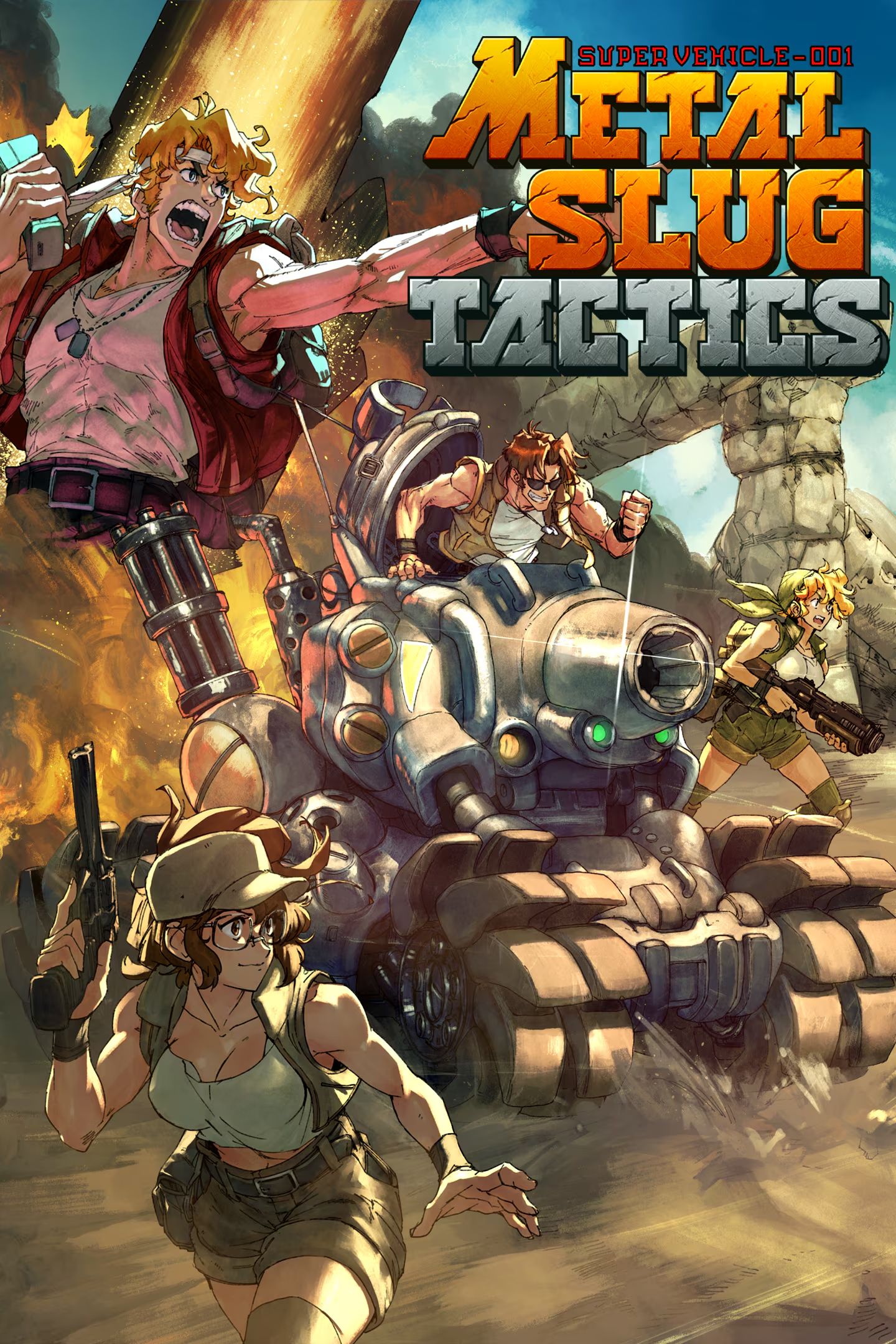
- Franchise
- Metal Slug
- Developer(s)
- Leikir Studio
- OpenCritic Rating
- Strong
Source link
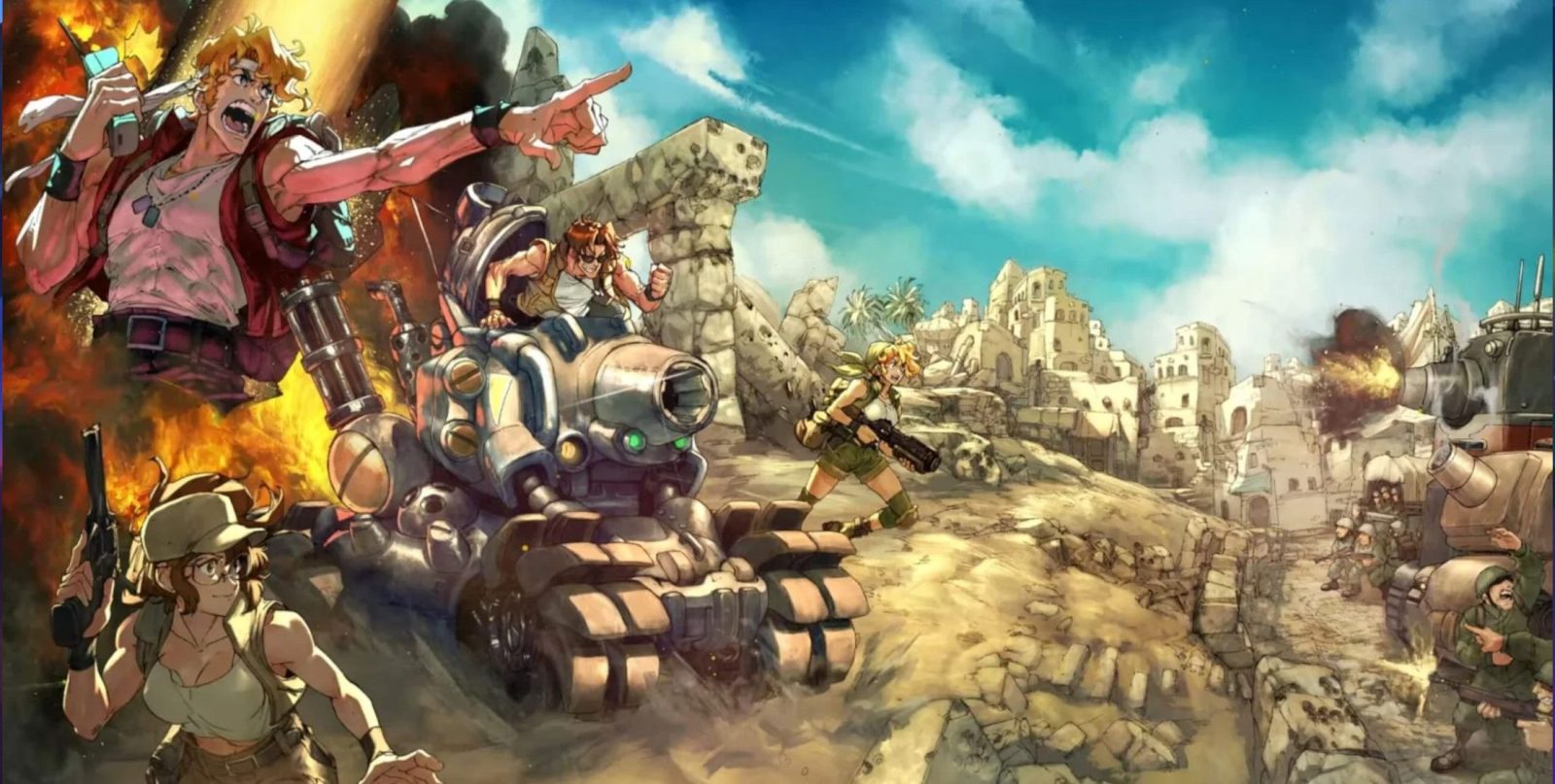
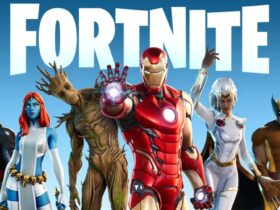
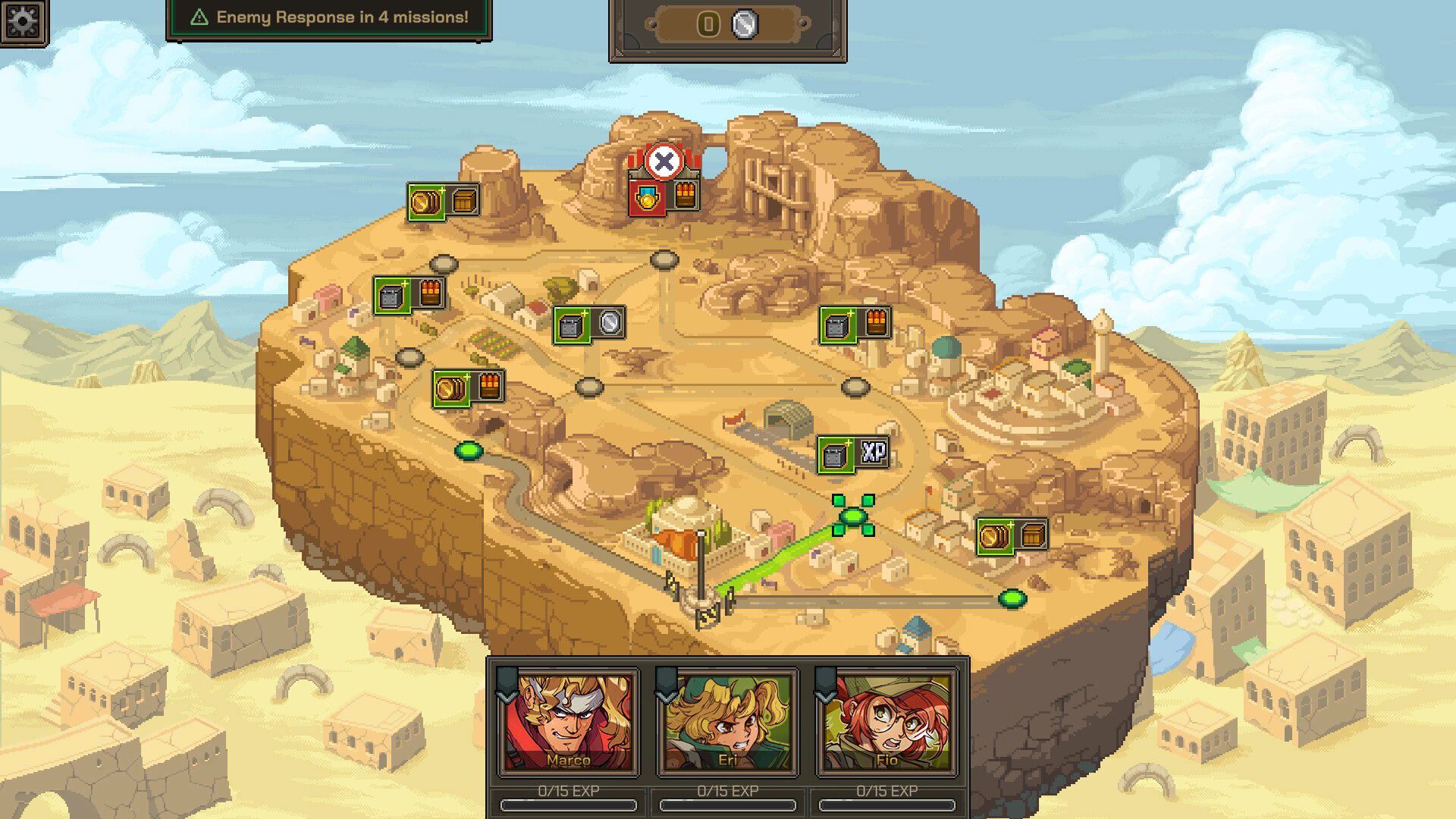
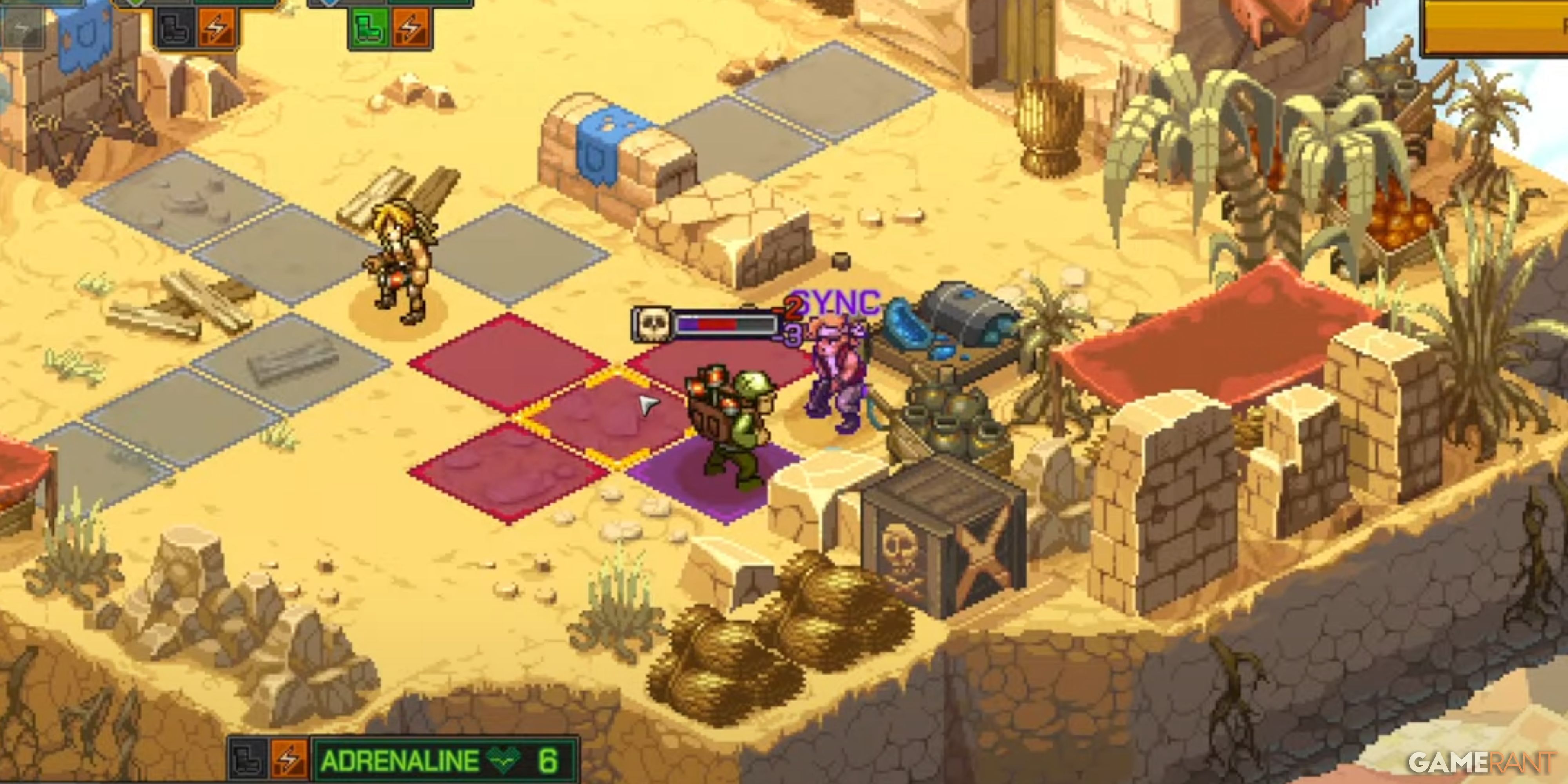
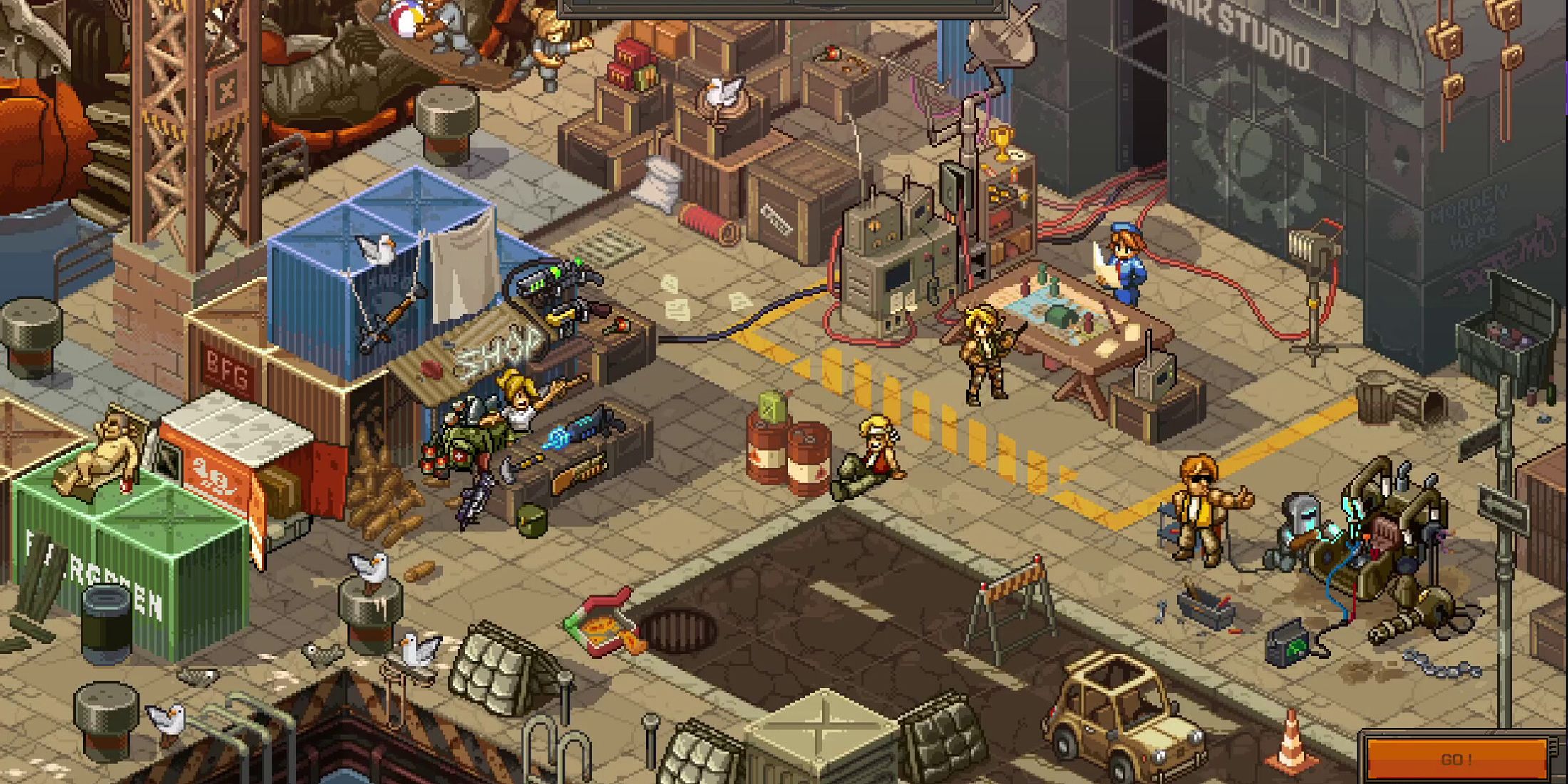
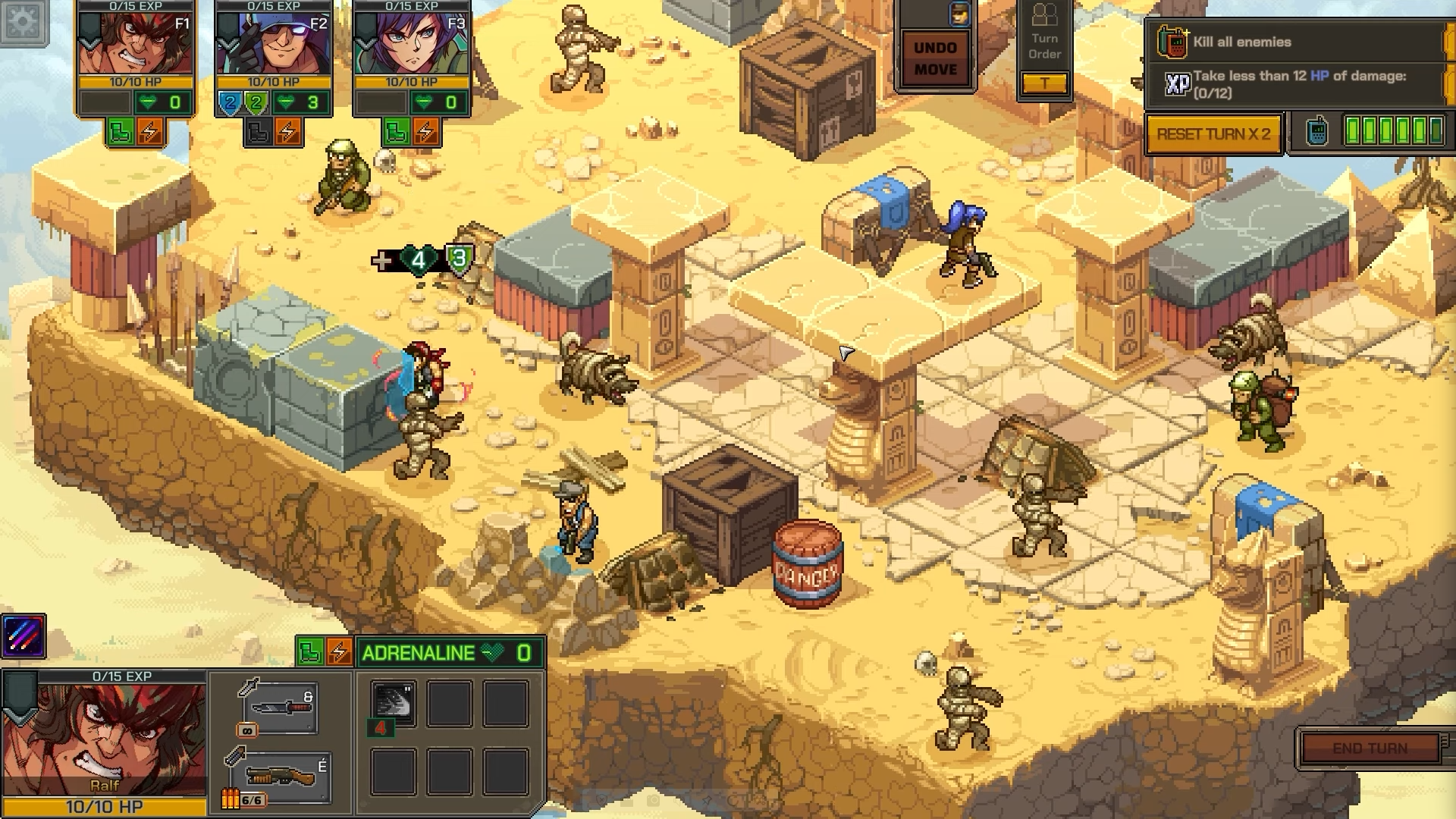
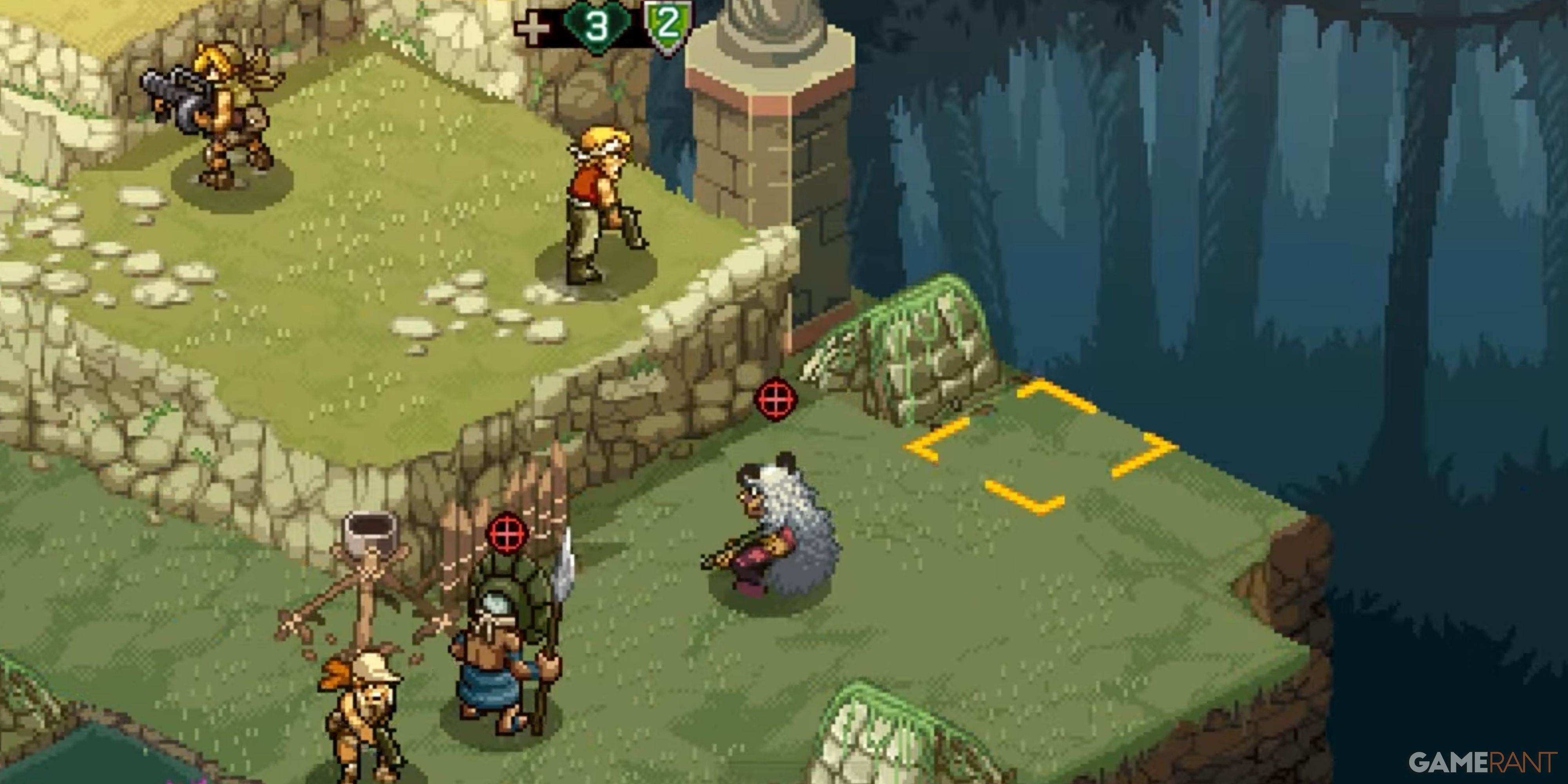
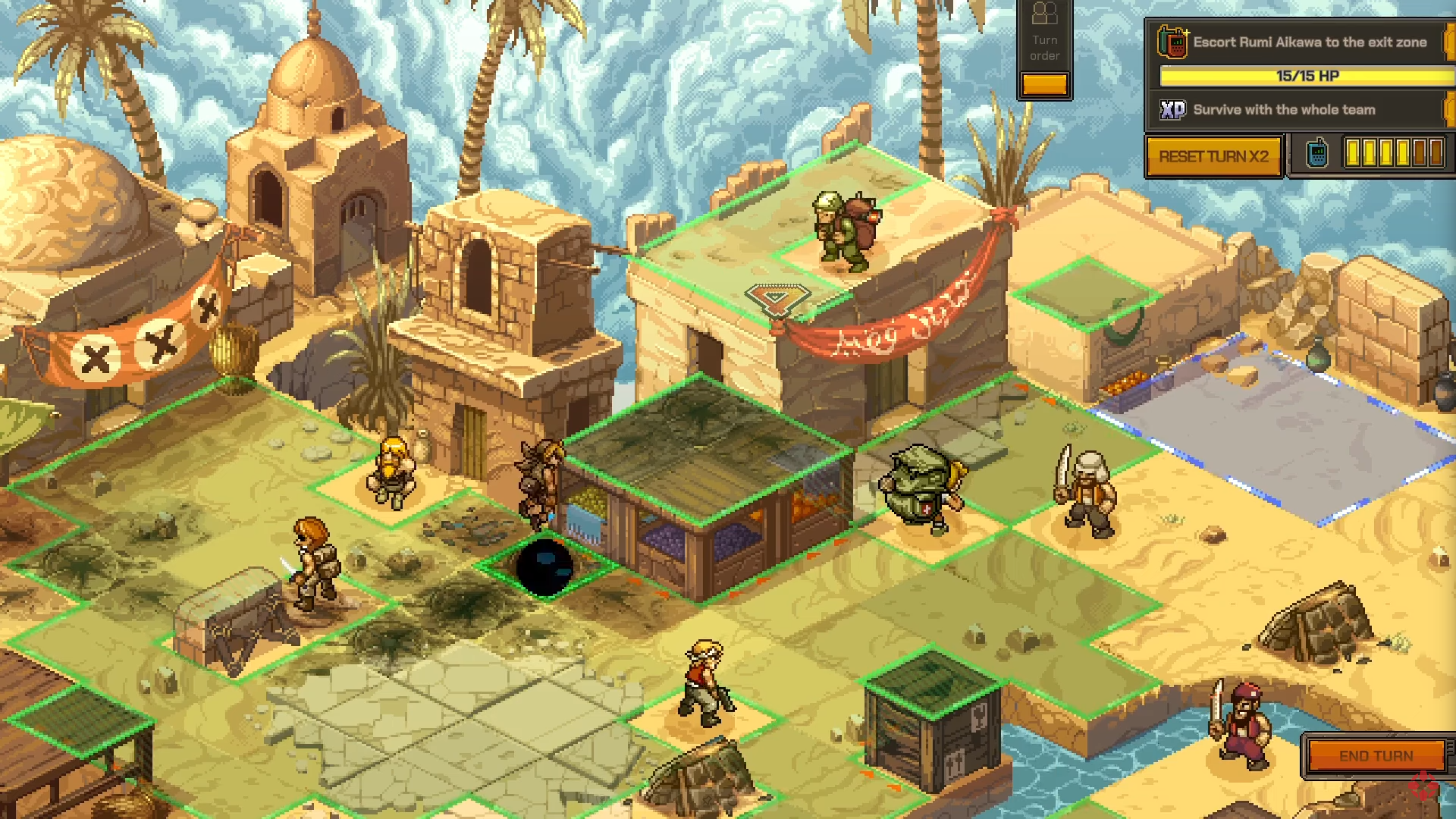
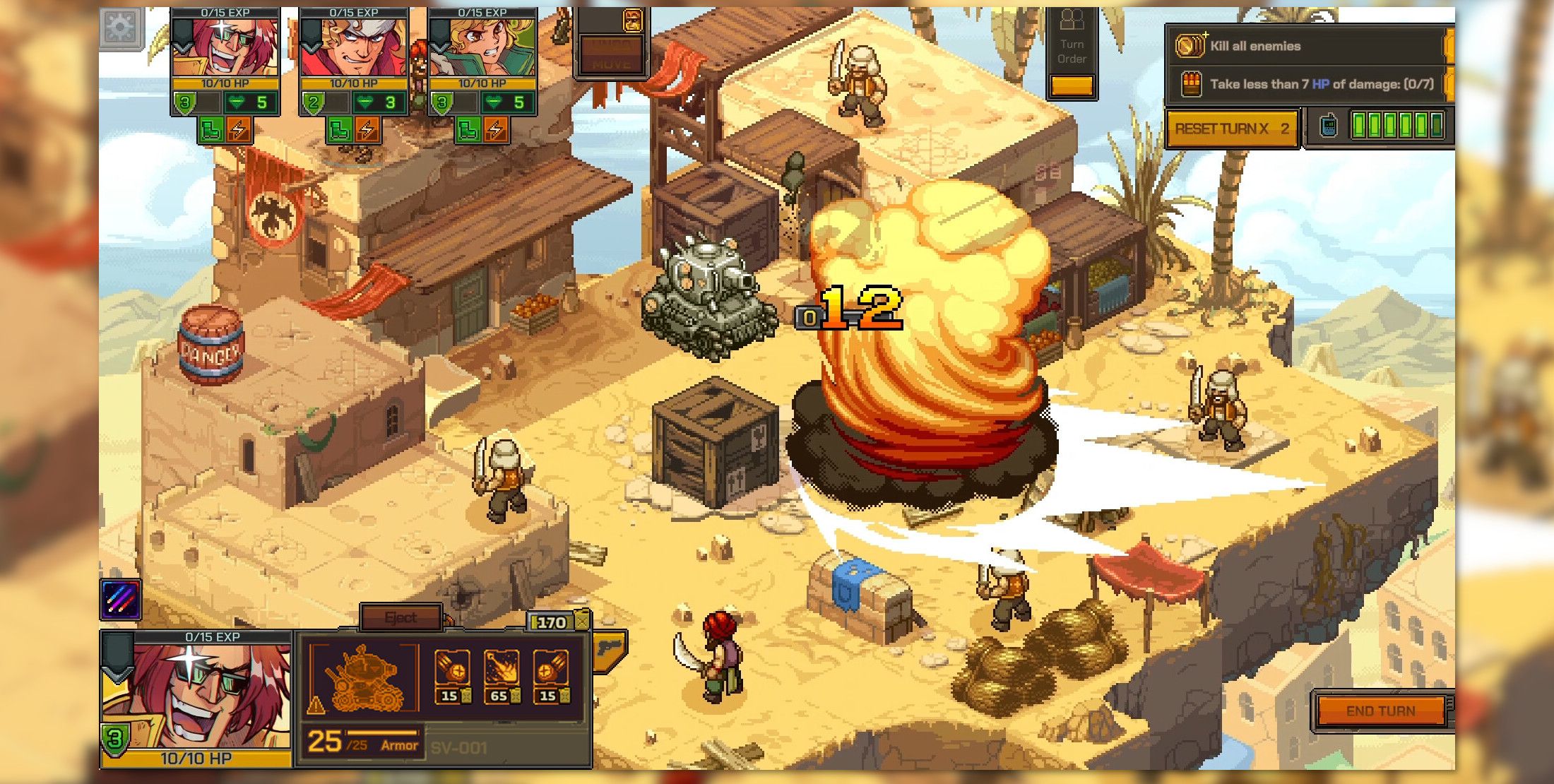
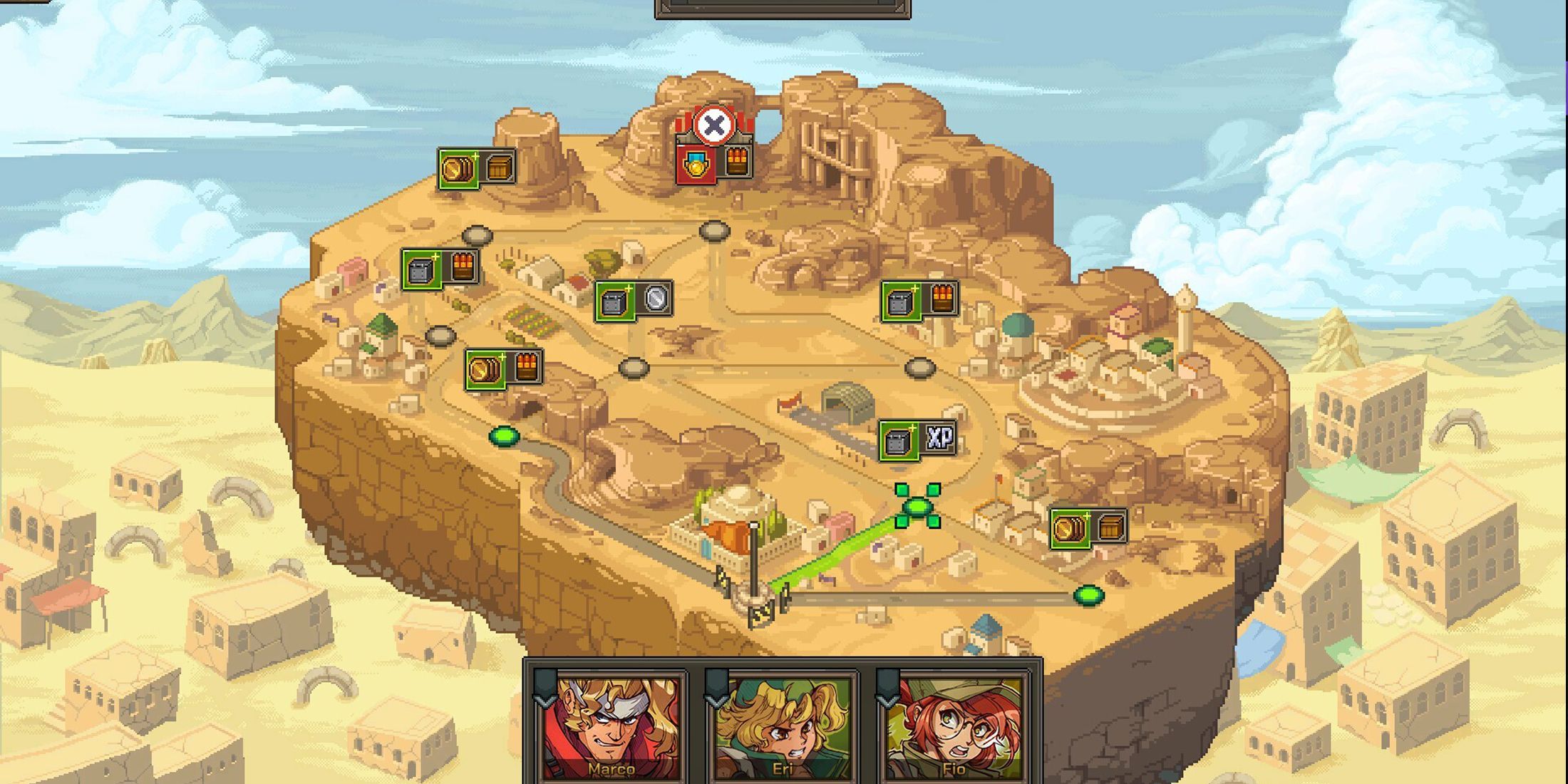
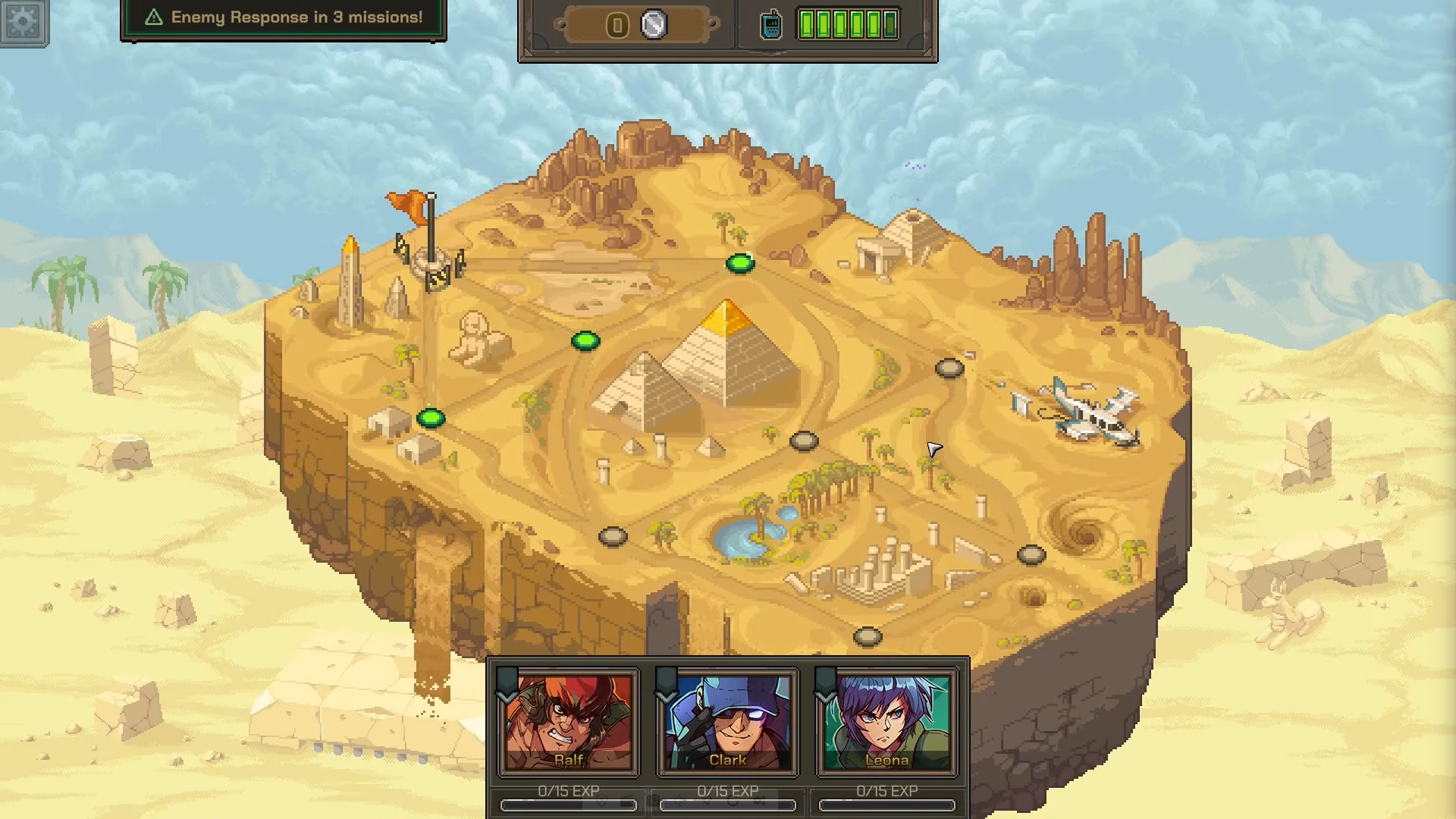
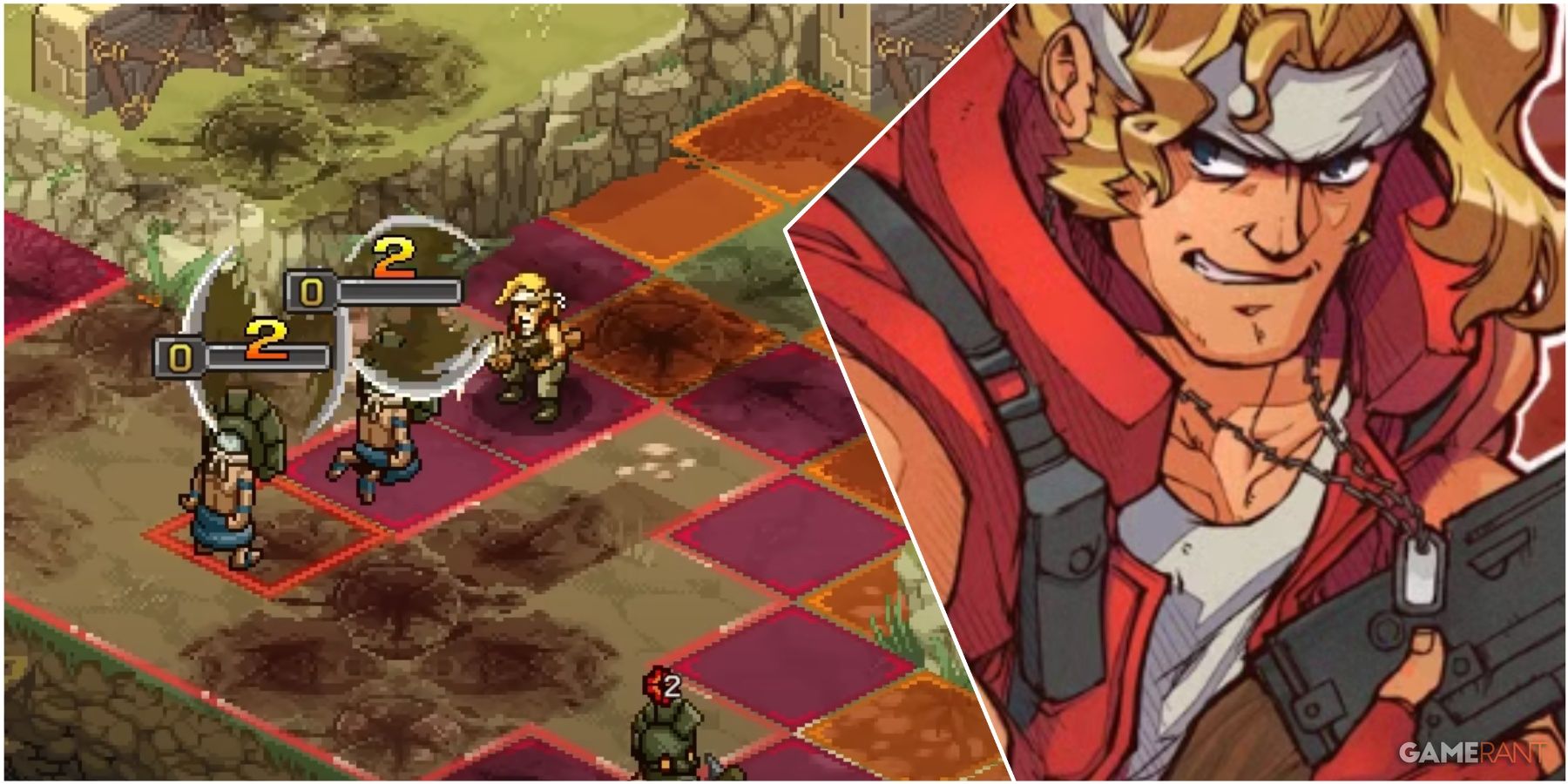
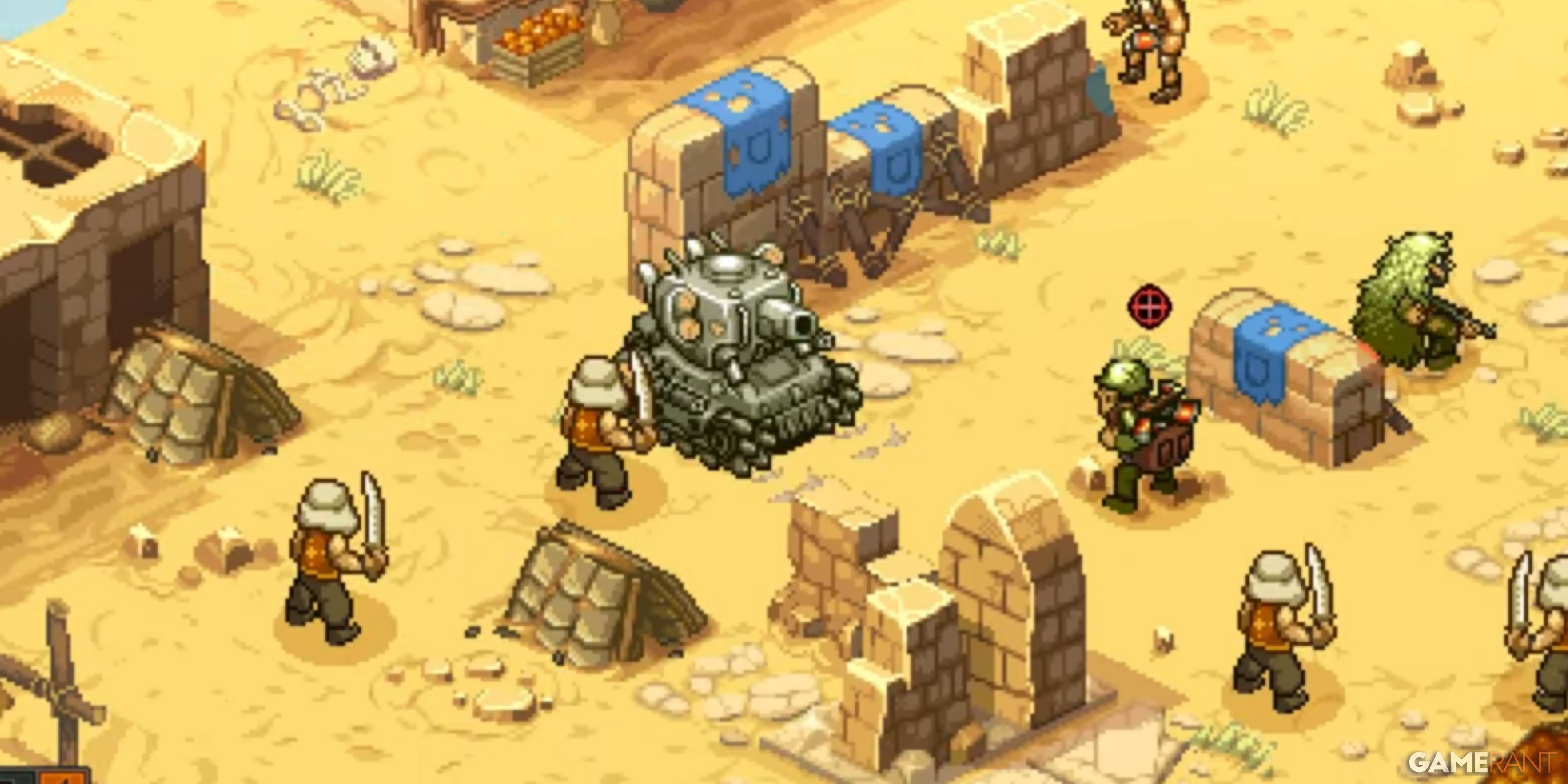
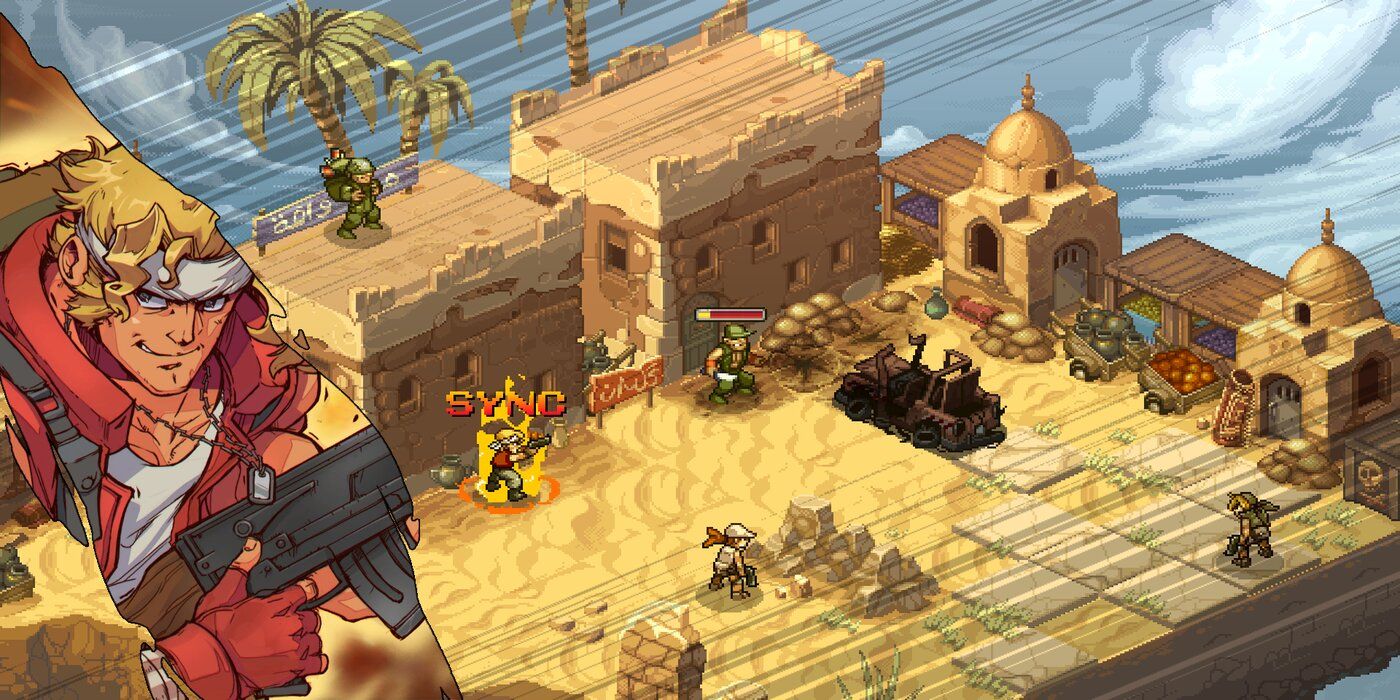
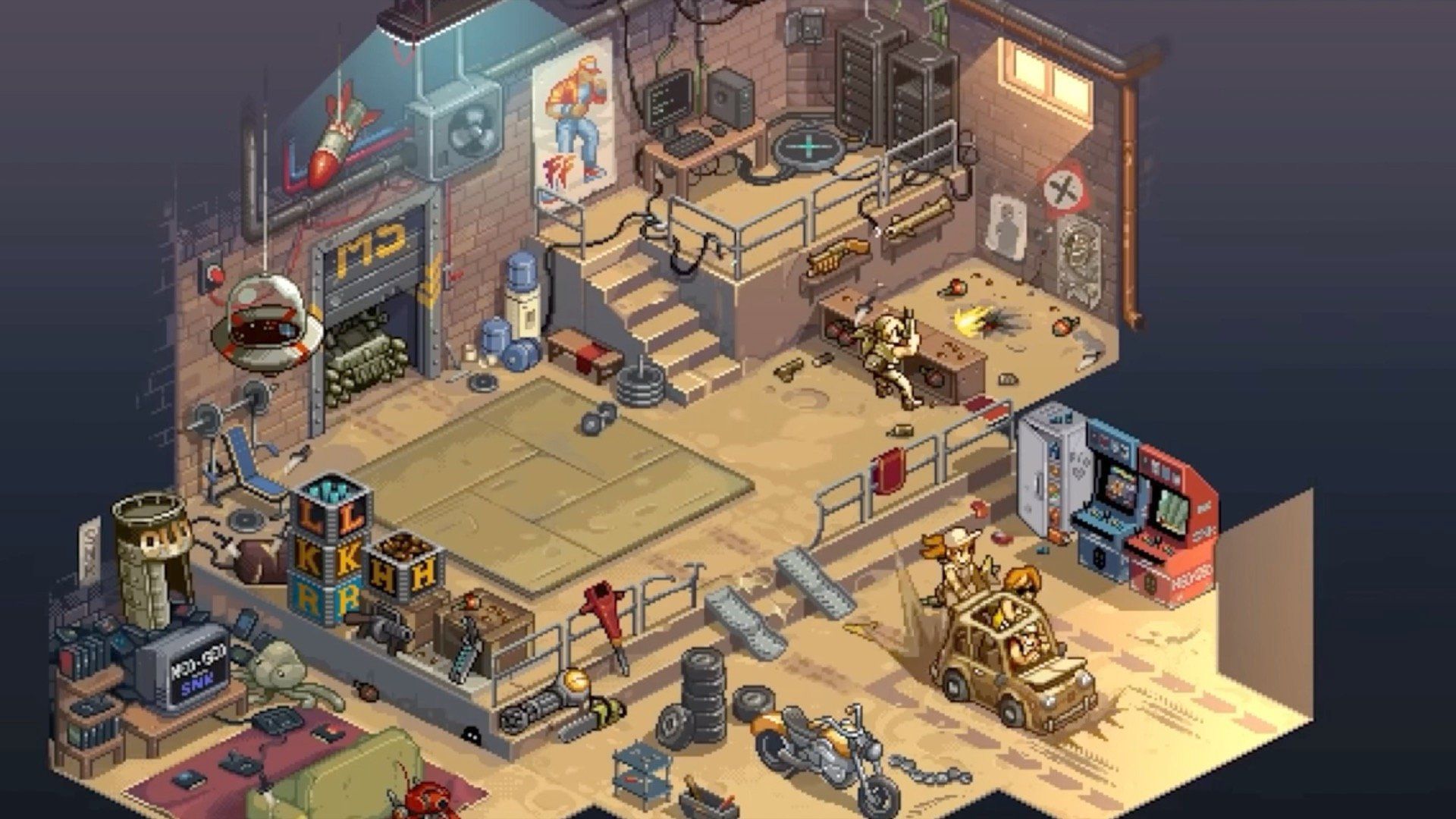
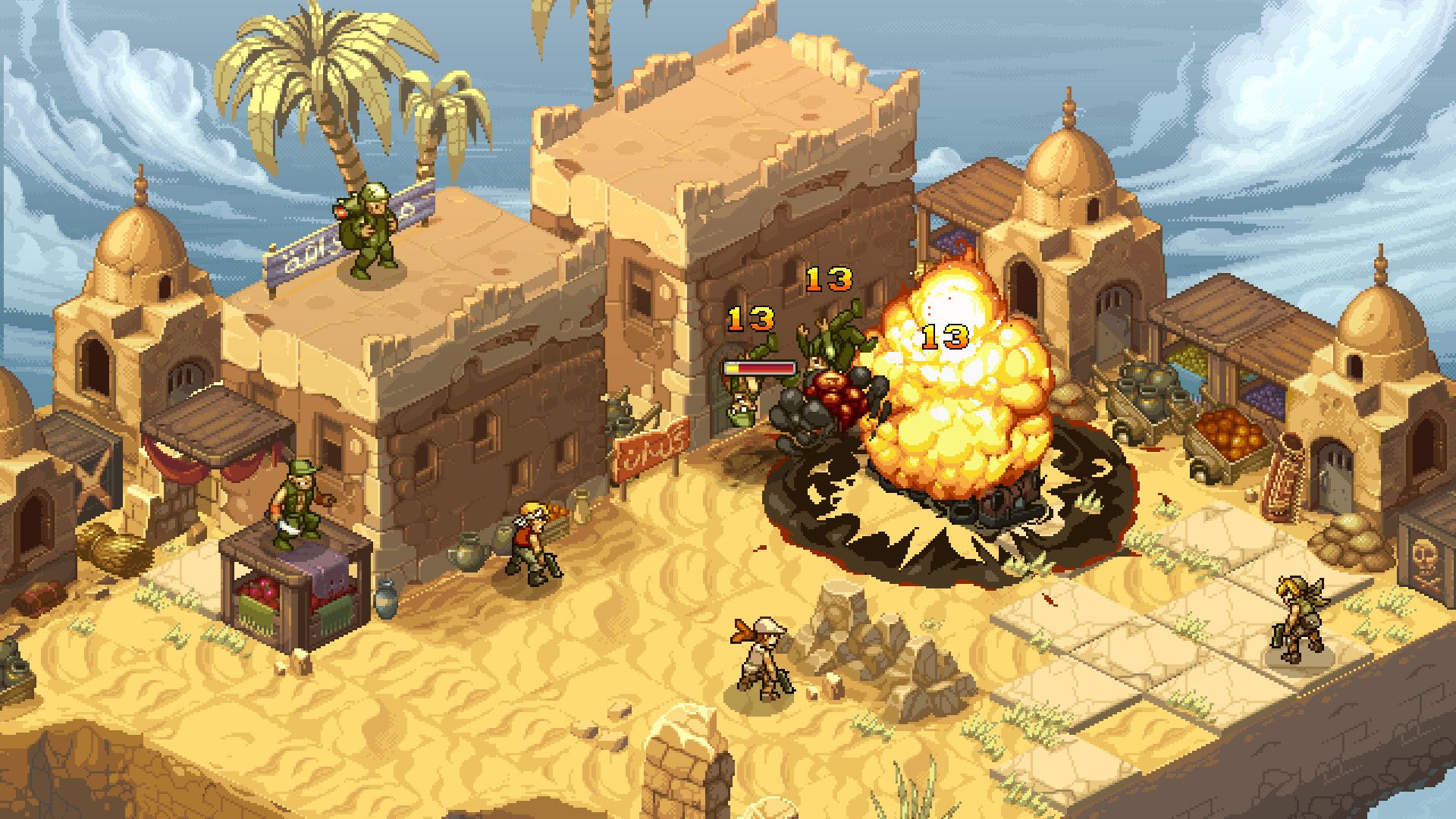
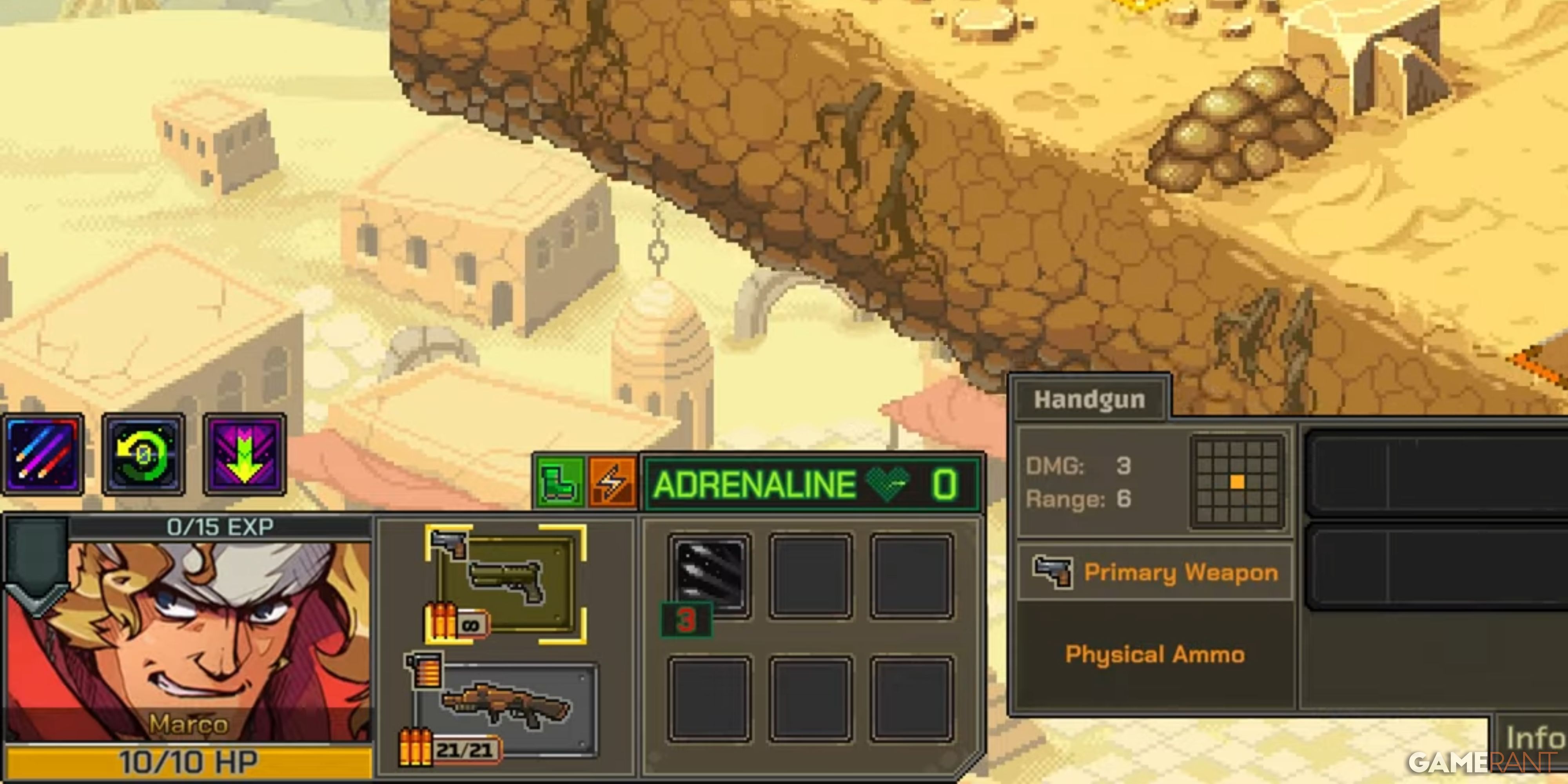
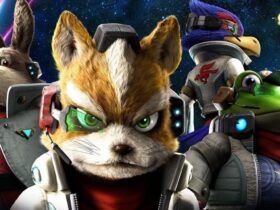
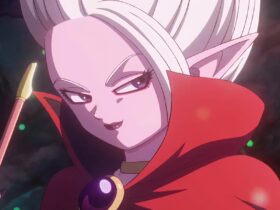


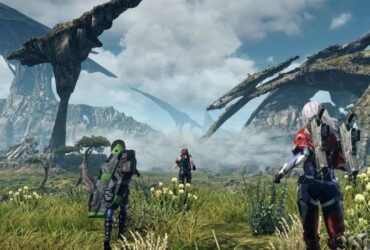
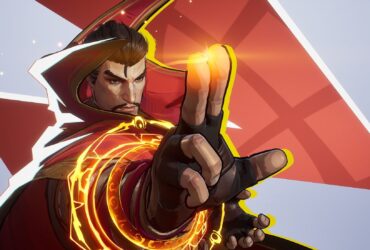
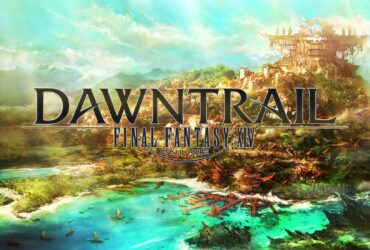
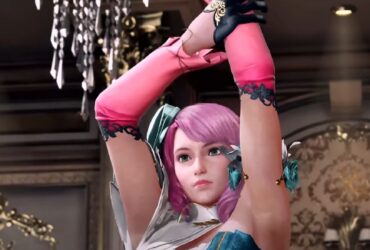
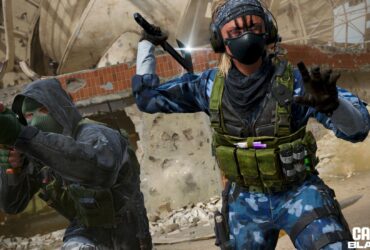

Leave a Reply